The goals of early orthodontic treatment are to prevent a problem from occurring, correct a current problem or help direct jawbone growth. Multiple problems with tooth alignment, gums, jaws and facial problems can be corrected with Phase I treatment using Invisalign® clear aligners, an alternative to traditional metal braces.
Kids often display early signs of jaw problems as they grow and develop. We can examine and monitor your child’s growth to determine the most effective time to start treatment. Our goal is to help create the conditions that allow your child’s permanent teeth to erupt normally. Invisalign Phase I treatment can start as soon as all of the first four molars and two permanent anterior teeth erupt.
This is one of our 9-year-old patients. She has been my patient since she was 2 years old. Back then, she had perfect space between all her teeth. I told her mom she would not need braces. Her teeth were perfectly spaced apart, but little by little, she continued to swallow wrong and mouth-breathe, and her lips and cheeks were so strong that it would make her narrower as time went on. If we only knew then what we know now. Three years ago, we noticed she didn’t have any room for her permanent teeth. We were just going to wait for her to lose all her baby teeth and refer her to an orthodontist.
If we could have started Myobrace with this patient before more teeth erupted, we most likely would never have needed to do Invisalign. We started Myobrace with her in September 2018 and did not see enough improvement, so we decided to do Invisalign First for Kids and use Myobrace on top of her Invisalign. She wears her Invisalign 24/7, except eating and drinking, and she wears her Myobrace for one hour a day and all night on top of her Invisalign retainers.
The reason we do Myobrace on top of her Invisalign is because when she is finished with Invisalign First, she will need to wear a retainer. The Myobrace will serve as her retainer to continue to strengthen the inside muscles and correct her swallow so she has enough room for all the back teeth to erupt in her mouth. When we do the treatment this way, we are assured that most kids who wear their Myobrace after Invisalign First treatment will not need to do Phase II braces or Invisalign.
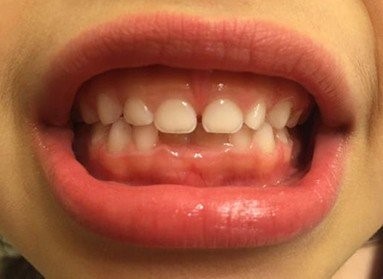
November 2016
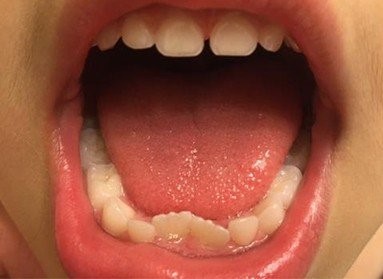
November 2016
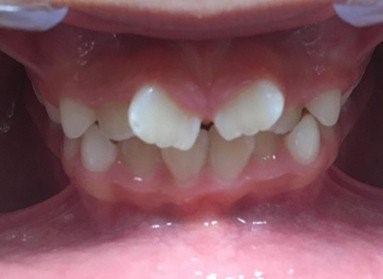
September 2018, started Myobrace
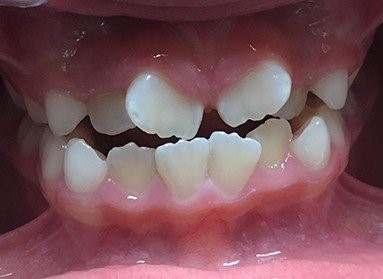
November 2018, started Invisalign First for Kids
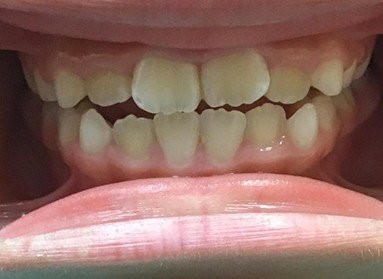
April 2019, making progress
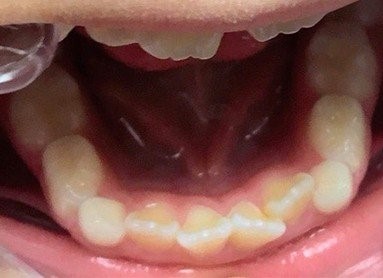
September 2018, started Myobrace
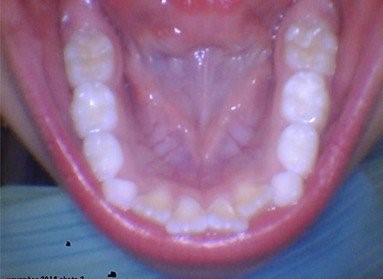
November 2018, started Invisalign First for Kids
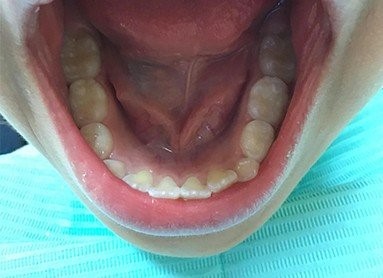
April 2019, making progress
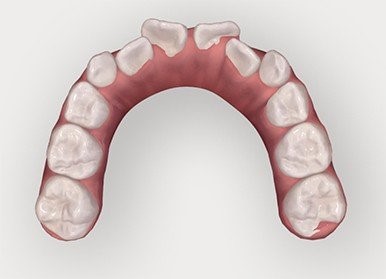
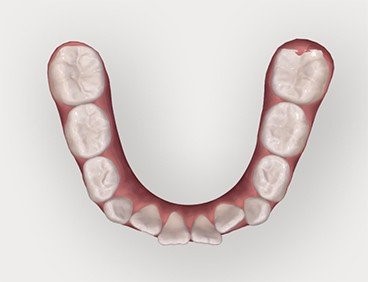
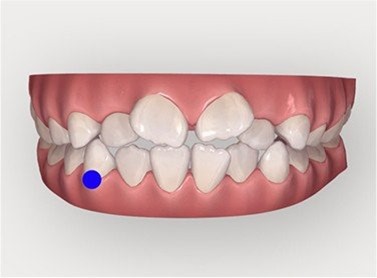
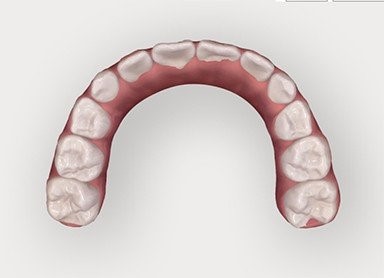


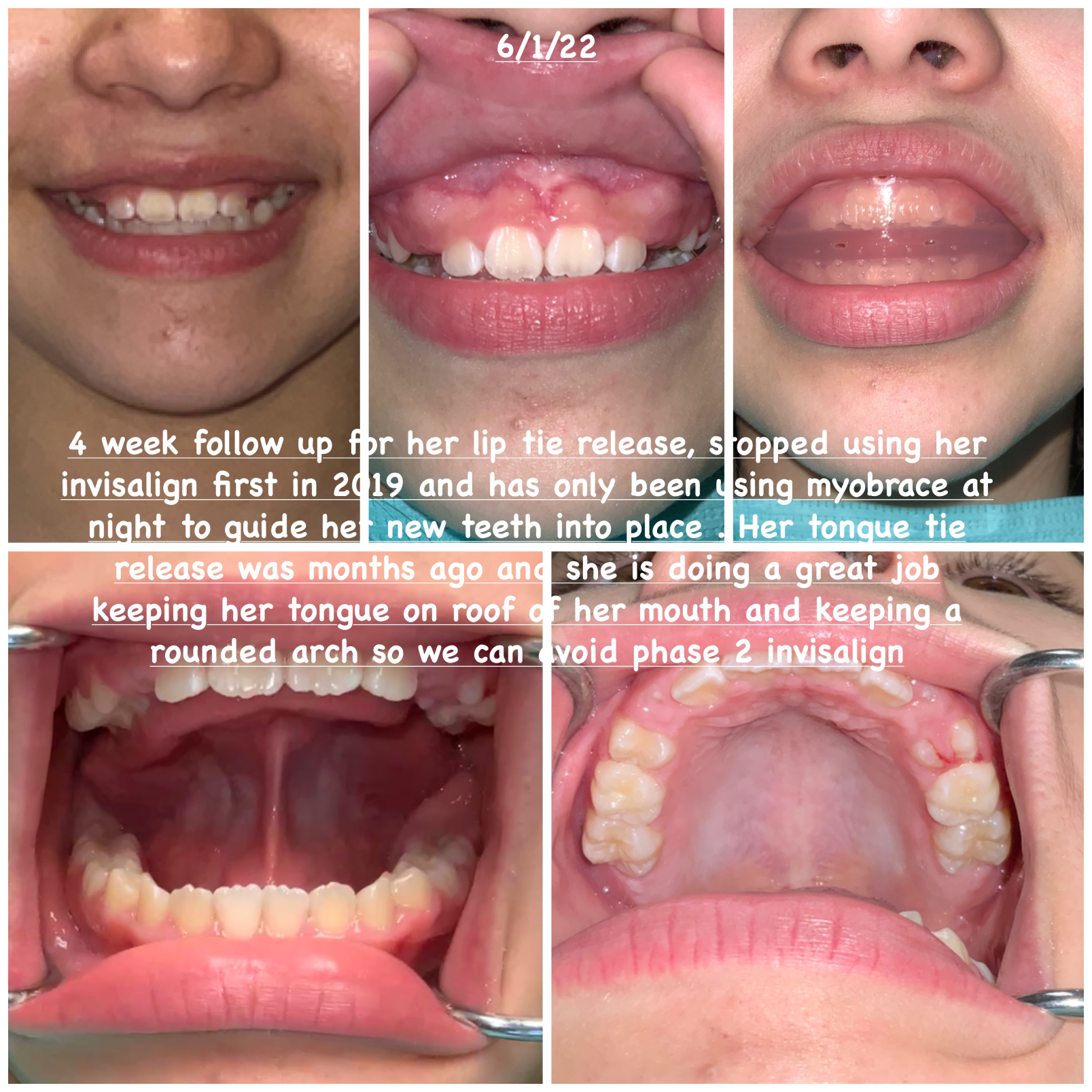
Younger children tend to follow their parents’ instructions more easily than “rebellious teens” do, which makes it easier to ensure they will comply with the treatment instructions for wearing their Invisalign aligners. Hygiene is much easier with Invisalign than traditional fixed braces, since the aligners are removed for brushing and flossing and there are no brackets for food to get stuck in or to injure the inside of the lips during sports. That reduces the risk of decay. There is also less discomfort during the treatment and no dietary restrictions. Invisalign reduces or eliminates the need for emergency visits during treatment. (See below for more details on Invisalign treatment.)
When children start with Invisalign First Phase I, there is no need to pay for comprehensive Invisalign treatment. If Phase II is needed, it is less than half the price of comprehensive orthodontics, which results in saved money for the patient’s family.
Unlike the rapid palatal expander that is cemented in the palate for several months, when children wear their Invisalign aligners, their palate is not covered by any material, so they can continue to hold their tongue in the proper position, which is the roof of the mouth. If the palate is covered by the metal from the rapid palatal expander, the child may form incorrect habits like holding their tongue on the floor of the mouth. This promotes mouth breathing and tongue thrusting or reverse swallow. If the tongue can live in the palate where it should be, the child is able to keep the essential habit of nasal breathing and correct swallow instead of incorrect oral posture. Invisalign is also able to expand the palate more than a traditional rapid palatal expander, but in a very narrow arch case or a compromised health case, we may choose to use a super-screw palatal expander before taking Invisalign impressions to get much more expansion at a faster rate. If we finish expansion before the age of 7 years, we have almost a guarantee that the arch will stay expanded without retainers.
Look what a beautiful smile our patient had at 4 years old — a wide, broad smile with no crossbite nor overbite. It was perfect, so what happened? Since his bite was perfect and he had plenty of room, we know the crowding he developed was not genetic — it is environmental.
I will give you an example that we see often. Perhaps the family brought a new pet into the house and our 4-year-old patient was allergic, but no one knew. He started to be congested all the time and slept with his mouth open. Maybe he would mouth-breathe during the day and before he knew it, this became a habit. Perhaps, if he continued to use his nose although he was congested, his nose would have cleared up and he would have not ended up with such a narrow arch and anterior cross bite.
Once you start the habit, it is hard to stop. This patient kept swallowing wrong for all these years and breathing through his mouth, which caused his baby teeth to not pop out due to his reverse swallow. Every time he swallowed, his strong cheek muscles would push the cheeks in, and he started to become more and more narrow.
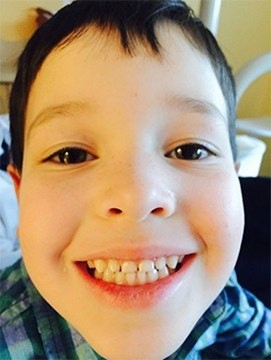
Our patient, age 4, with a wide, broad smile, midline centered and no crossbite nor overbite. His teeth were perfect.
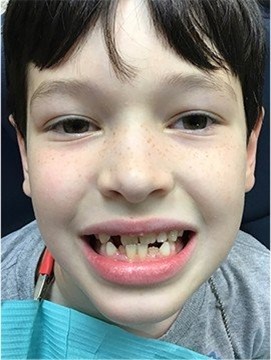
Same patient two years later. What happened?
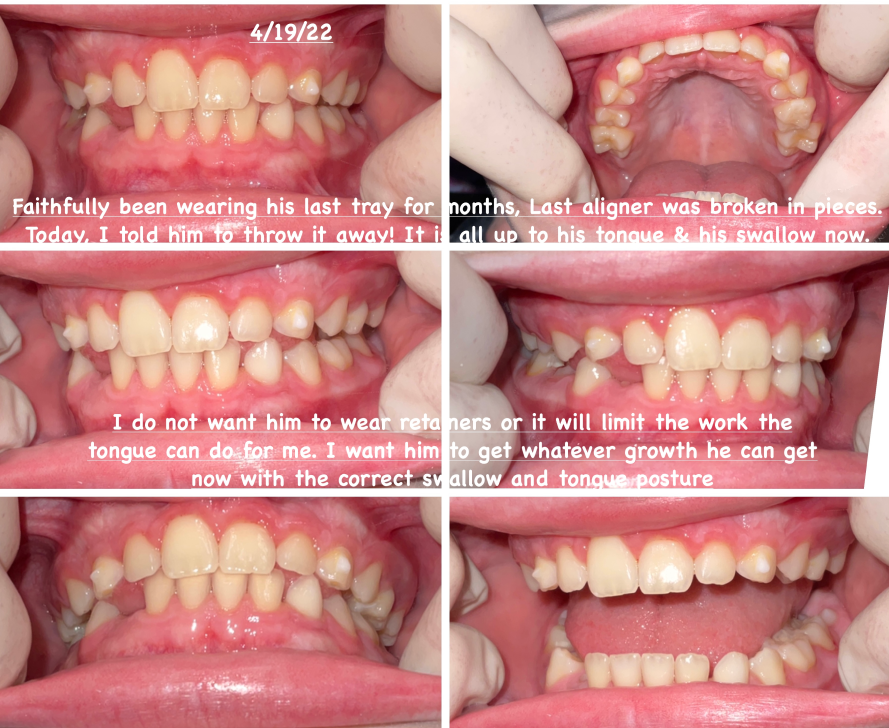
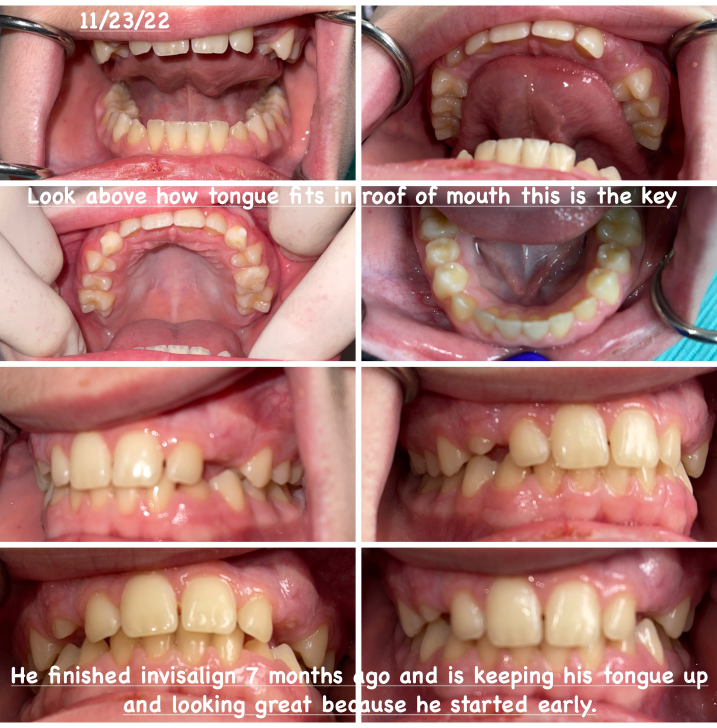
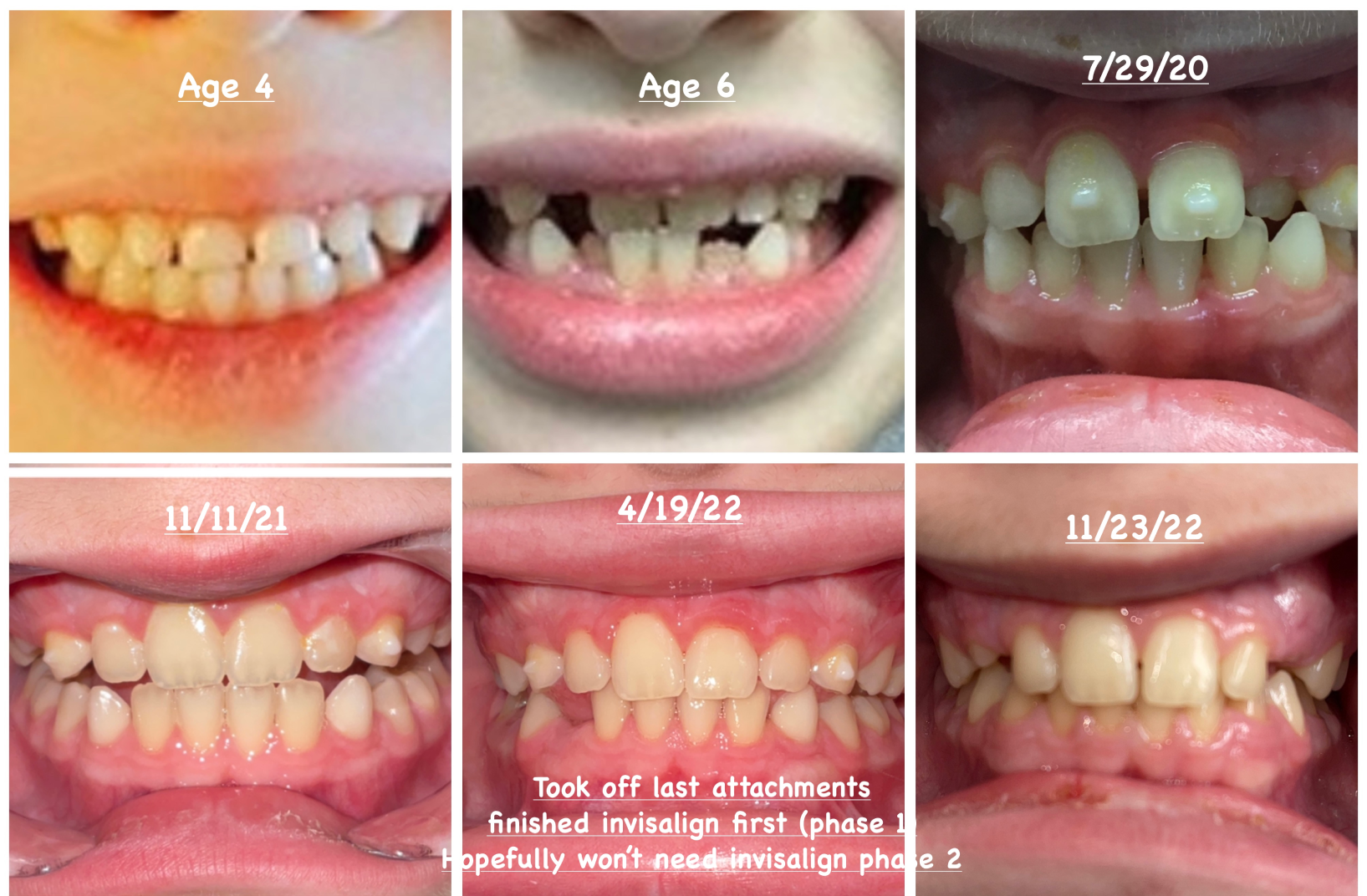
Call for a consultation at 703-237-7622 to determine if your child is a candidate for any of our orthodontic options.
